So you’ve purchased more products – perhaps something new – and you’re wondering if this time you’ve found the holy grail. Maybe you’ve stumbled across the shampoo that will get your hair squeaky clean but also leave it fluffy soft. Maybe you’ve encountered the ultimate gel that will make your curls pop without the flaky crunchiness. Though it’s impossible to know if a product will work on your hair without trying it, you can certainly hedge your bets if you learn how to read ingredients on hair products properly.
The First 5 Ingredients Matter Most
The Food and Drug Administration (FDA) requires all cosmetics to be labelled accurately with ingredients descending in order of prominence. This means the most concentrated ingredient will be listed first with second listed second and so on. That said, the first five ingredients are the ones you want to pay the most attention to.
According to the FDA, “ingredients present at a concentration not exceeding 1% may be listed in any order after the listing of the ingredients present at more than 1% in descending order of predominance”. Now 1% may not sound like a lot but in terms of cosmetics it is! Those ingredients listed at the top are probably more than 1% although there is no law or regulation requiring brands to disclose exact concentrations.
Water Is The Ultimate Moisturizer
Water is usually the most prominent ingredient in shampoos, cowashes, rinse-out conditioners, leave-in conditioners and deep treatments. Anywhere from 50%-80% of these products’ weight is made up of water. If water isn’t the first ingredient run!
Whenever you purchase a new product, make a note of its name, the date you bought and first used it, the effect it had on your hair…
Are There Products To Avoid?
In a word, “yes” but if you use products with the ingredients listed below they won’t kill you. They’re just not the most effective and may be hazardous in large concentrations. The Federal Food, Drug, and Cosmetic Act (FDCA) does mandate that all cosmetics be truthfully labelled and cannot contain harmful ingredients. Cosmetic Ingredient Review (CIR) makes recommendations on concentration amounts.
You’ll probably want to avoid the following ingredients: Petrolatum, Mineral Oil, Beeswax, Sodium Laurel Sulfate, Ammonium Laurel Sulfate and any type of Paraben. Certain ingredients are more complex for example silicones and alcohols have good and bad traits.
For a full list of hair product ingredients, including their purpose, description and hazard rating, you’ll want to get a copy of our new eBook Know Thy Curls: The Ultimate Pocket Guide for Understanding YOUR Product Ingredients.
It’ll be available on February 16th, 2017 but you can visit our site, KnowThyCurls.com now to enter for a chance to win a copy and one of our hair boxes!
Start Recording How Your Products Perform
Whenever you purchase a new product, make a note of its name, the date you bought and first used it, the effect it had on your hair (for example, did it leave it hard/soft?) and off course the first 5 ingredients. Over time, you’ll start to observe patterns. Patterns that’ll help you better predict how a product will perform on your hair. You’ll also be able to identify which ingredients your hair just doesn’t agree with. We include easy to use Product Log Sheets in our new eBook!

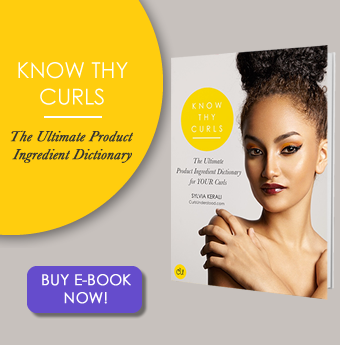

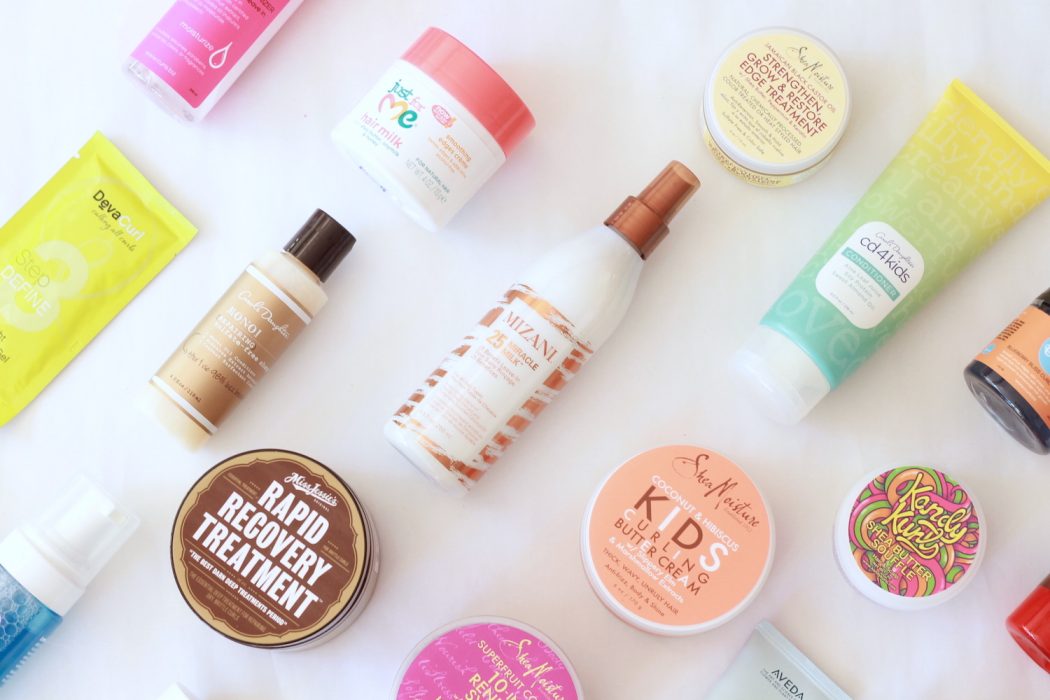
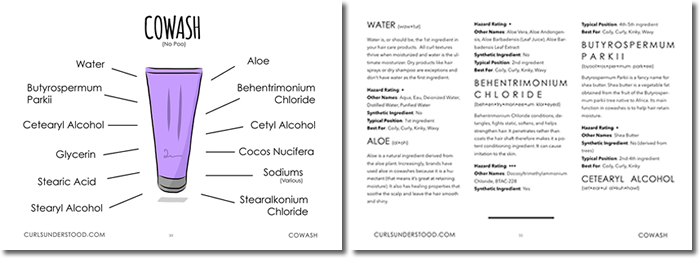
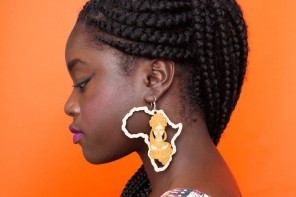
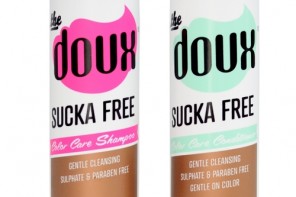
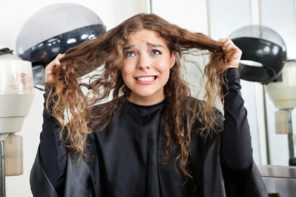


Water is not the ultimate moisturizer. It does harm to the hair by swelling the cuticle leading to increased breakage. Check your science.